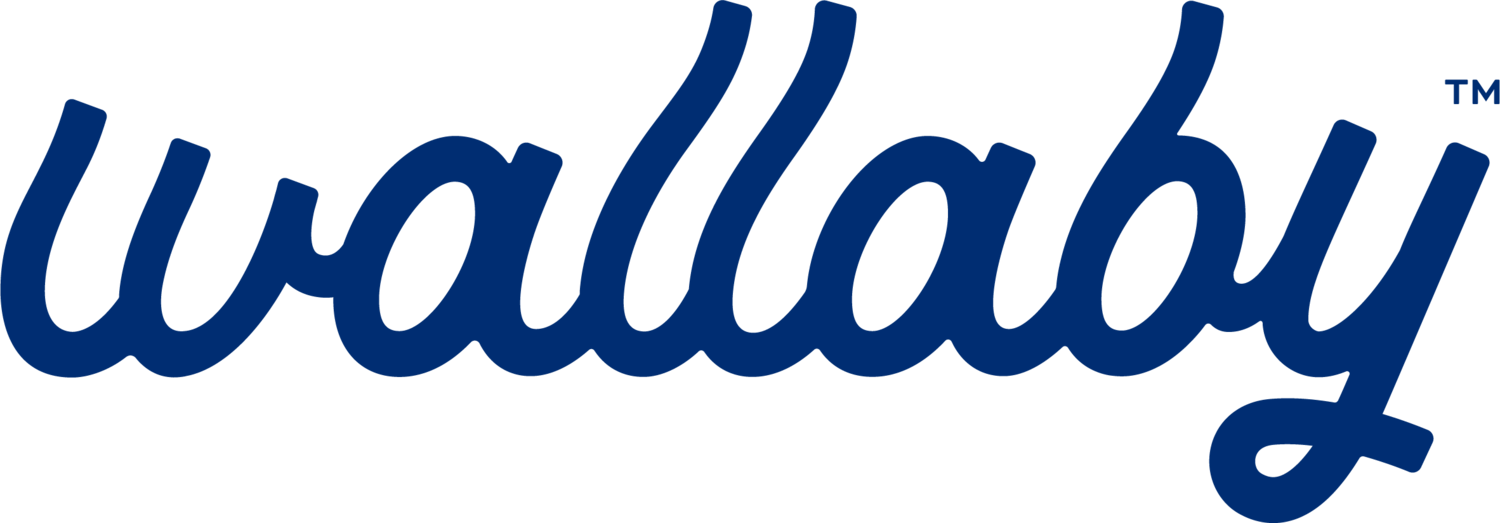How are aluminium cans recycled?
The process of recycling aluminum beverage cans typically involves the following steps:
Collection: Aluminum beverage cans are collected from various sources such as recycling bins, curbside recycling programs, reverse vending machines, recycling centers, or collection drives. They can be mixed with other aluminum products or separated specifically for beverage can recycling.
Sorting: The collected cans are transported to a recycling facility where they undergo sorting. Initially, the cans may be sorted manually or by automated processes to separate them from other materials like plastic or glass in co-mingled recycling bins.
Shredding and Shredder Residue Separation: The sorted aluminum cans are then shredded into small pieces or flakes. This increases the surface area and facilitates further processing. The shredded aluminum, along with other components like plastic caps and labels, goes through a process to separate the aluminum from non-aluminum materials, commonly known as shredder residue. Various techniques such as magnets, and air jets are employed for this purpose.
De-coating: If the cans have a protective coating, paint or labels, they undergo a de-coating process. This involves heating the shredded aluminum flakes to remove any coatings or labels applied to the cans. The de-coated aluminum is then ready for melting.
Melting: The shredded and de-coated aluminum flakes are melted in a furnace, typically using large amounts of energy. The melting process reduces the aluminum to its liquid form, which is called molten aluminum. The temperature required for melting aluminum is around 660 degrees Celsius! (1220 degrees Fahrenheit).
Casting: Once the aluminum is in its molten form, it is cast into large blocks or ingots, usually through a process called continuous casting. These ingots are then cooled and solidified.
Rolling and Sheet Production: The solidified aluminum ingots are reheated and passed through a series of rolling mills. This process thins and flattens the aluminum into sheets or coils of the desired thickness. These sheets can be used to make new aluminum cans or other aluminum products.
Can Manufacturing: The aluminum sheets are cut into appropriate sizes and shaped into cans using specialized machinery. The cans are formed, with the top and bottom ends sealed, and the sides sealed to create a cylindrical shape. They may undergo additional processes such as internal coating to protect the beverage from contact with the aluminum.
Distribution and Use: The newly manufactured aluminum cans are then distributed to beverage companies or other industries for filling with various products such as water, soda, beer, or energy drinks. These filled cans are then sealed, packaged, and shipped to retailers for sale to consumers.
Consumer Recycling: After the cans have been used and discarded by consumers, they can be collected again through recycling programs or initiatives. The recycling process starts again from step one, completing the recycling loop.
It's important to note that the exact process and technologies used can vary between different recycling facilities and regions. However, the overall steps remain relatively consistent in recycling aluminum beverage cans.
Recycling aluminum is highly beneficial as it requires significantly less energy (~5%) compared to producing aluminum from raw materials, helping to conserve resources and reduce environmental impact.

